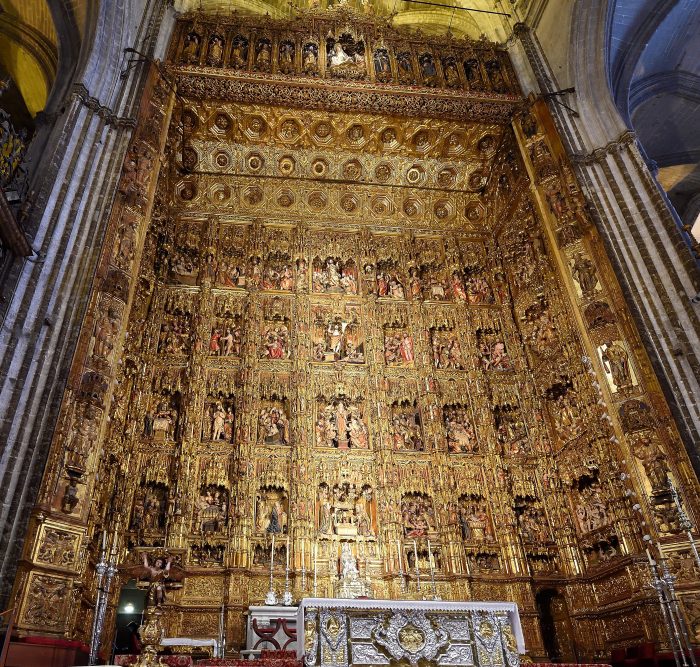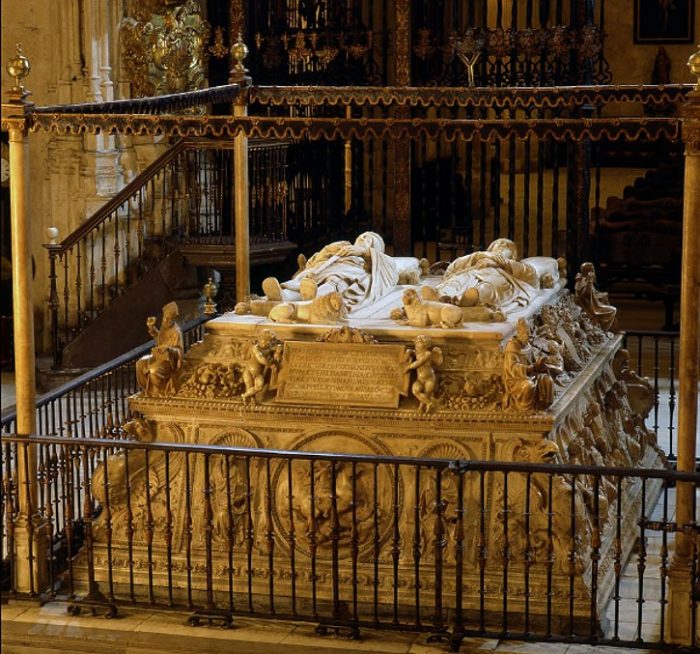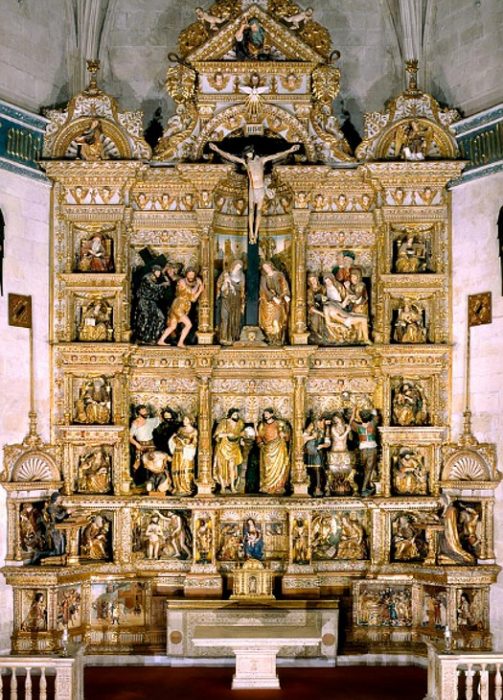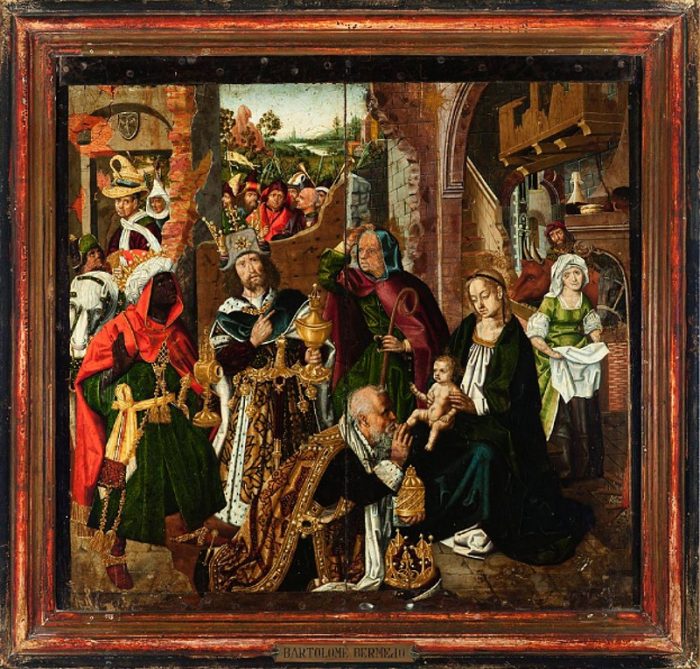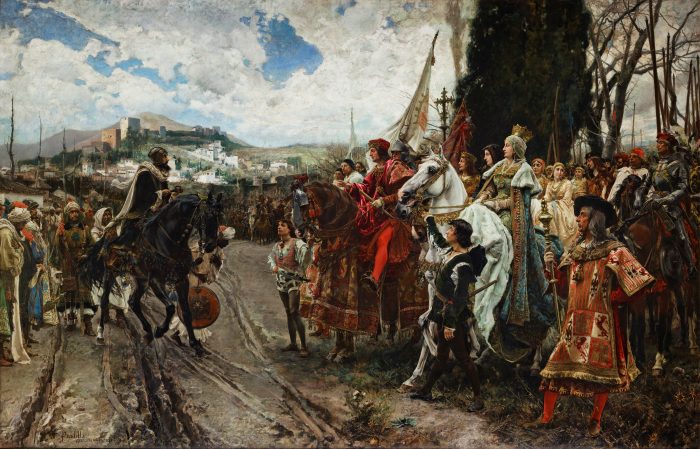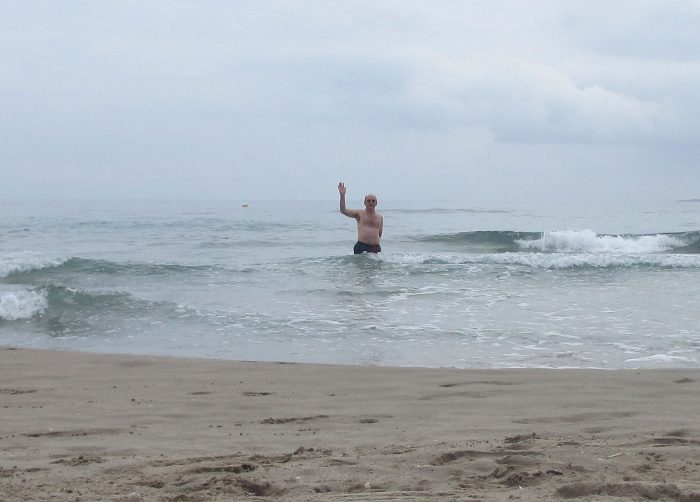Lite uro rundt «Ungdoms»synoden
Sandro Magister skrev for et par dager siden en artikkel med overskriften: The Pope Has Hit the Brakes, and On Homosexuality the Catechism Still Applies. Og etter å ha skrevet en del kritiske bemerkningen om om de to bispesyndene om familien, fortsetter han:
Instead, the synod on young people that will conclude on Sunday, October 28 seems to be the most peaceful ever.
So peaceful that even the most explosive argument of those put to discussion – concerning the judgment on homosexuality – was practically defused.
The discussions in the assembly were kept confidential. But according to what was made public by the official information sources, there was not even one statement in favor of a change in Catholic doctrine on homosexuality.
And yet the “Instrumentum Laboris,” meaning the starter document that the synod fathers were called to discuss, seemed to promise sparks when it stated in paragraph 197 (among other things, introducing for the first time into an official text of the Church the not-innocent acronym LGBT):
“Some LGBT youths, through various contributions that were received by the General Secretariat of the Synod, wish to ‘benefit from greater closeness’ and experience greater care by the Church, while some BC ask themselves what to suggest ‘to young people who decide to create homosexual instead of heterosexual couples and, above all, would like to be close to the Church’.”
And instead nothing. When it came time to discuss this paragraph in the third week of the synod, not even those synod fathers known as innovators came out into the open.
On the contrary, in reading the few lines dedicated to the topic by what was expected to be of the 14 “circuli minores” the one most inclined to innovate, “Anglicus B” headed by Cardinal Blase J. Cupich, one is struck by its explicit reference to the traditional doctrine on homosexuality contained in the Catechism.
Here, in fact, is how the relator of “Anglicus B” summed up the overall perspective of his working group, in the “relatio” presented in the assembly on October 20, concerning young people “who experience same-sex attraction:”
“We propose a separate section for this issue and that the main objective of this be the pastoral accompaniment of these people which follows the lines of the relevant section of the Catechism in the Catholic Church.”
So without changing a comma of the Catechism, which on homosexuals, in paragraphs 2357-59, says that “they must be accepted with respect, compassion, and sensitivity,” but also that they “are called to chastity,” because their “inclination” is “objectively disordered.”
……


